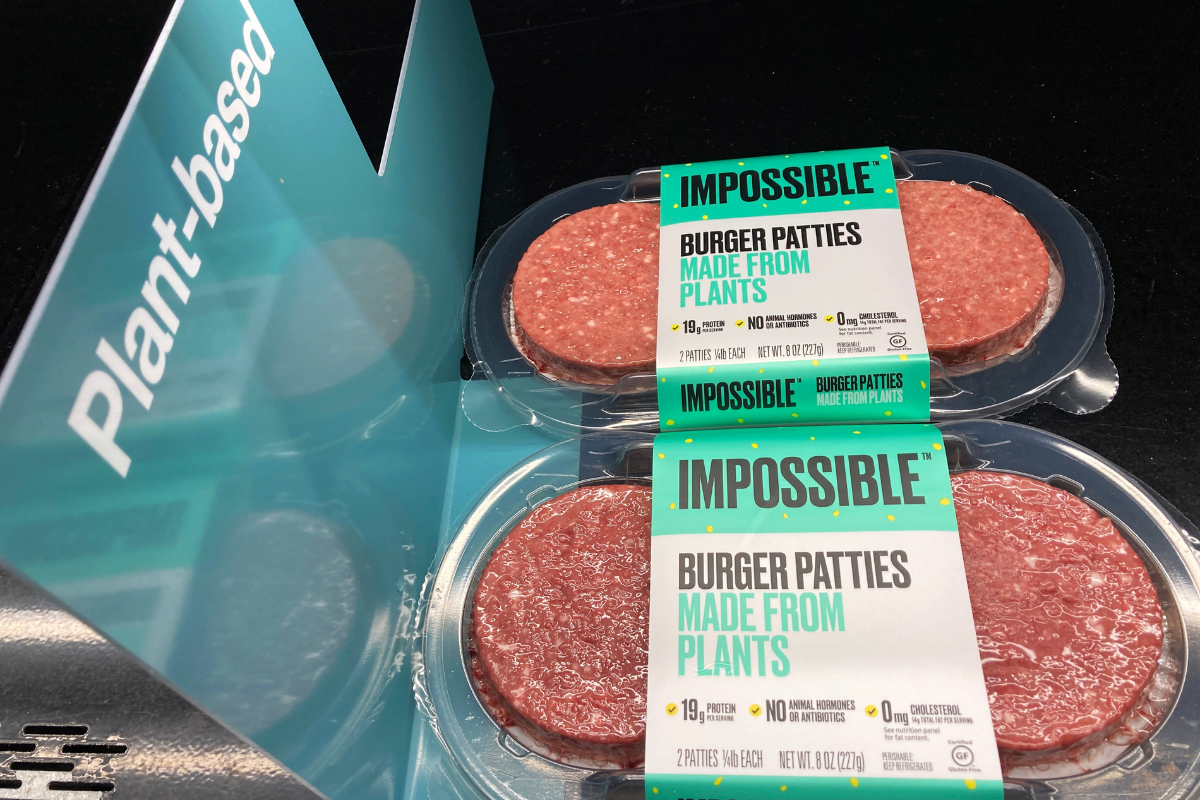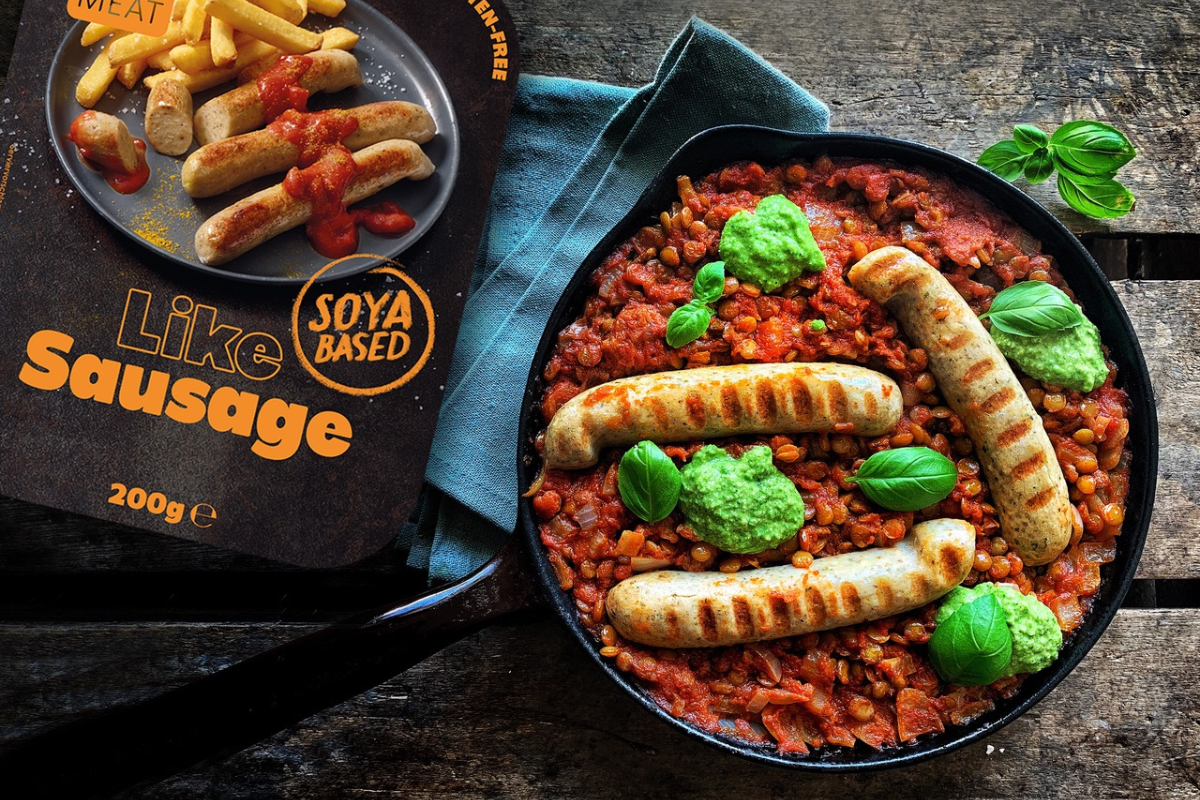Where the Plant-Based Industry Is Headed: A Gartner Cycle Analysis
The “boom and bust” of meat alternatives? Analyzing the industry against the Gartner Cycle may provide a more accurate image of how the market is performing and what the future is likely to bring.
In the simplest terms, the Gartner Cycle is a visual representation of the development of new technologies. Data is presented as a graph that documents stages in technology evolution, including adoption, maturity, and social application.
The commercial relevance of the model should not be underestimated. When understood and used appropriately, the Gartner Cycle can offer businesses–and entire sectors–valuable insight into emerging trends and technologies. This, in turn, allows decision-makers to choose where and to invest to maximize company profitability and longevity.
The Gartner Cycle’s five phases
Spanning five definitive moments during the development and acceptance of new technology, the Gartner Cycle can be applied to various sectors, including the plant-based industry. The Financial Times reported as such, back in January 2022, when it claimed that the cycle model could be useful for identifying if plant-based foods are simply a fad or indicative of lasting dietary shifts.
The five phases are:
Innovation Trigger
The first stage of the cycle applies to when a new technology is first introduced. This could generate interest via a ‘soft launch’ or teaser campaigns. Excitement and hype characterize this phase, as people begin to consider the potential of the technology, despite there frequently being little or no qualitative information available yet. Much of this cycle is predicated on potential adoptees of a new technology imagining what it could do for them, in an ideal world.
In a plant-based industry sense, this was observed in companies claiming to have made meat analogues indistinguishable from animal products. Consumer interest was piqued and buyers were keen to try said products.
Peak of Inflated Expectations
This is when the hype surrounding new technology reaches its peak. Optimistic predictions about the technology’s impact are often made, with mainstream media commonly cottoning on at this stage. Early adopters may start to emerge as well, despite the new technology not being ready for full deployment or still experiencing teething problems.
Trough of Disillusionment
Reality hits. This phase sees the initial hype cool and a more realistic assessment of the technology (and its limitations) kick in. For those that took a chance and invested early, disillusionment is a real risk as there is potential to discover that the technology is not as mature or applicable as they hoped.
Beyond Meat’s infamous 2022 stock crash, which came as a result of soaring production costs and legal battles,
Slope of Enlightenment
Here, technology begins to develop further, and its capabilities become more apparent. Companies that wait to adopt this phase have a more realistic overview of how the technology can benefit their organization.
Plateau of Productivity
This is the final phase of the Gartner Cycle when the technology has reached its full potential and has been adopted as a mainstream option. Solutions have been proven, and the results are quantifiable.
The Gartner Cycle is a useful tool for understanding the progress of emerging technologies, plant-based foods included. However, it has limitations of its own, chiefly that it is only a model and can fail to accurately consider factors such as the global economic market, politics, and unpredictable occurrences such as health pandemics, all of which significantly affect meat-free manufacturers.
Where is the Plant-Based Industry on the Gartner Cycle?
The plant-based industry is growing. In 2022, the global plant-based food market was valued at $39.8 billion and is projected to reach $126.9 billion by 2032. The upward trajectory of the sector is being driven by multiple factors, including increased consumer awareness of the environmental and health benefits of plant-based diets, animal welfare concerns, and the development of new plant-based products that mimic meat.
The plant-based industry is–arguably–still in the early stages of growth, but the recent downturn in fortunes for more than one major brand makes it hard to pinpoint exactly where on the Gartner Cycle the sector is as a whole.
It may be still in the Innovation Trigger or Peak of Inflated Expectations phases, as excitement remains high, especially for new products that have never before been perfected. Add in evolving but still young niches, such as precision fermentation for alternative dairy, and there is a case for the industry still being in the initial phases. However, the industry’s recent struggles could indicate that the Trough of Disillusionment has been reached.
Mainstream media has used the dramatic drop in Beyond Meat’s stock prices and Meatless Farm’s recent fall into administration and subsequent rescue by fellow plant-based brand VFC to paint a picture of a sector in trouble. Claiming that the bubble has burst for plant-based meat and alternative diets, many reports fail to consider the socioeconomic factors that have impacted consumer spending, not to mention a potential drop off in health concerns as the Covid-19 pandemic becomes a distant memory for many.
There is potential to dissect the plant-based industry into specific niches, allowing for more accurate cycle pinpointing. For example, mycelium protein development is at peak hype right now. With a handful of companies manufacturing meat alternatives made from mushroom root structures, the potential of the ‘clean’ ingredient is being widely promoted.
On the flip side, established plant-based products made with large amounts of coconut oil and sodium are seemingly losing mystique and may reach a plateau, as consumers search for healthier alternatives to traditional meat.
Comparison to other sectors
While the plant-based industry is growing at an impressive rate (reportedly up to 12.2% CAGR), it is still small compared to meat and dairy, both of which have reached the Plateau of Productivity and are established in the global food system as accepted norms. Though animal agriculture faces increasing consumer criticism and production costs, the meat and dairy sectors are still expected to grow until 2030 and beyond.
Conversely, the plant-based industry faces a number of challenges of its own, including reducing product costs, labeling legislation woes, and the need to improve product tastes and textures. However, the industry also benefits from a number of trends that maintain hype about new developments. These include increasing awareness of the benefits of plant-based eating, celebrities endorsing veganism, and global events such as Veganuary.
Where the Plant-Based Industry Is Headed
It is difficult to predict where the plant-based industry is headed accurately. However, based on the Gartner Cycle and the recognized factors driving the popularity of the sector, it seems reasonable to assume that further growth is on the cards.
The industry is likely to move into the Slope of Enlightenment or Plateau of Productivity phases in the next few years, as health-conscious and ethical consumers embrace plant-based and flexitarian diets. Moreover, as production methodologies for plant-based products continue to improve, hopefully driving down the end cost and improving mouthfeel and taste, formerly skeptical buyers might commit to regular purchases.









